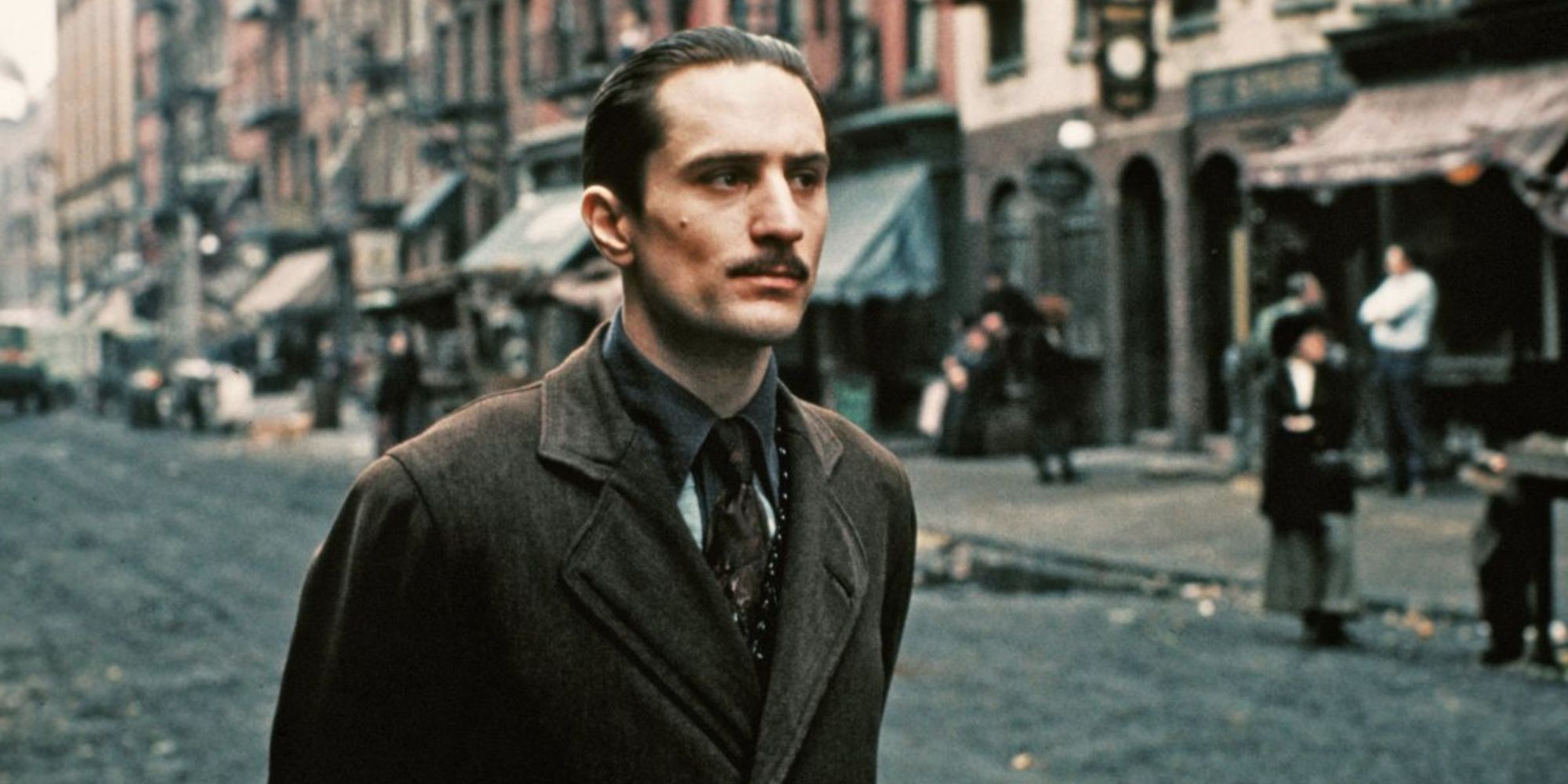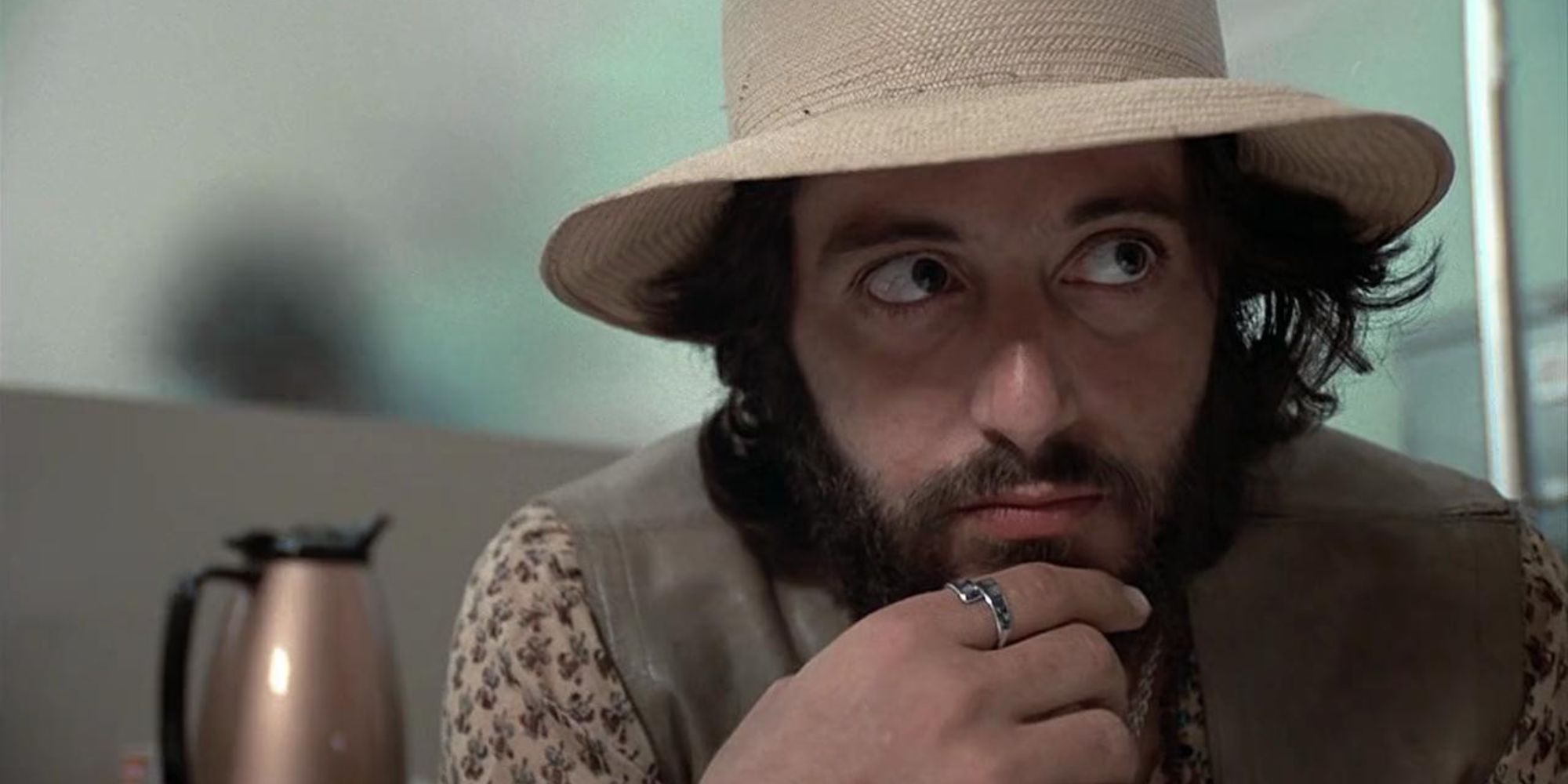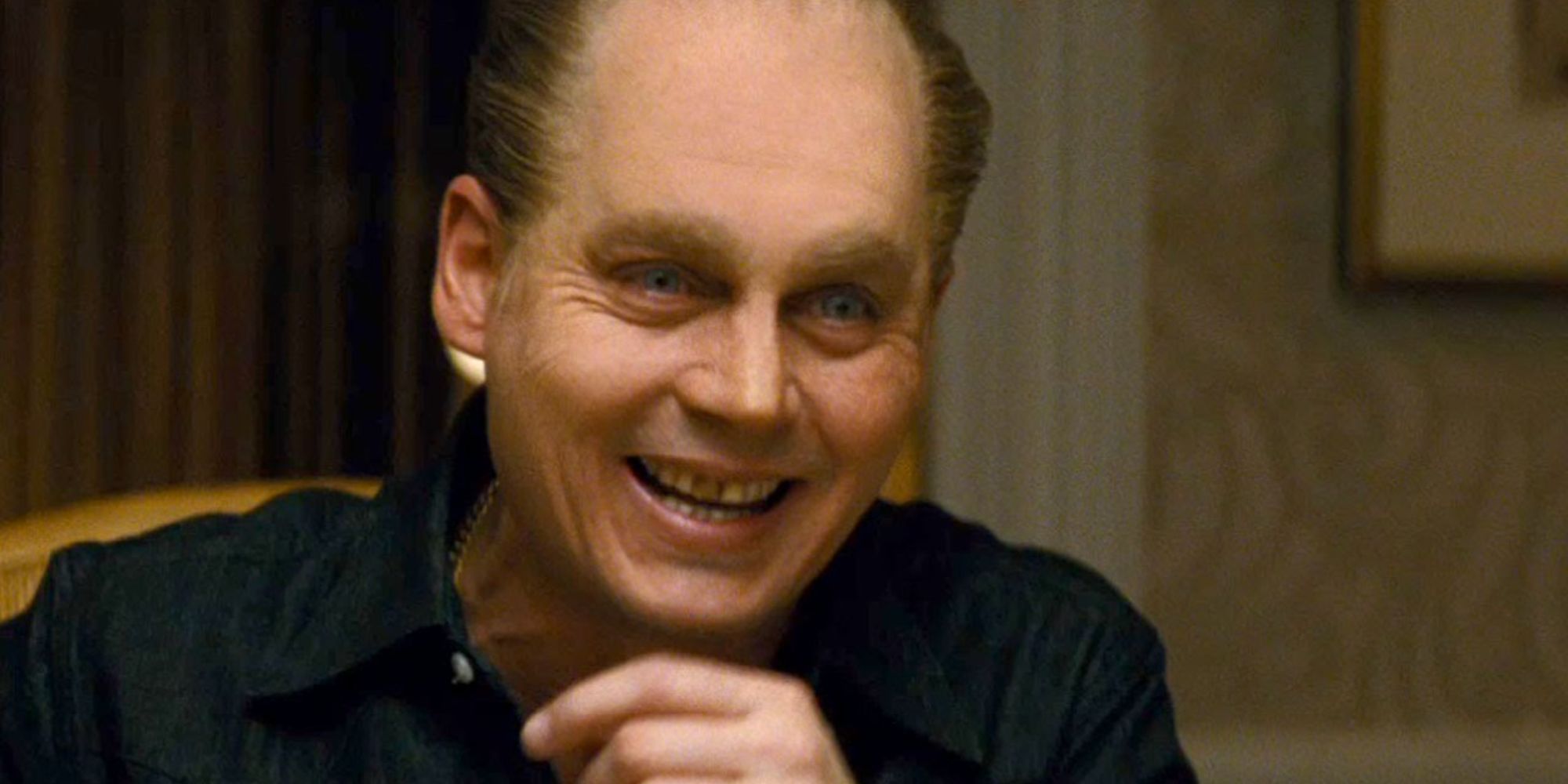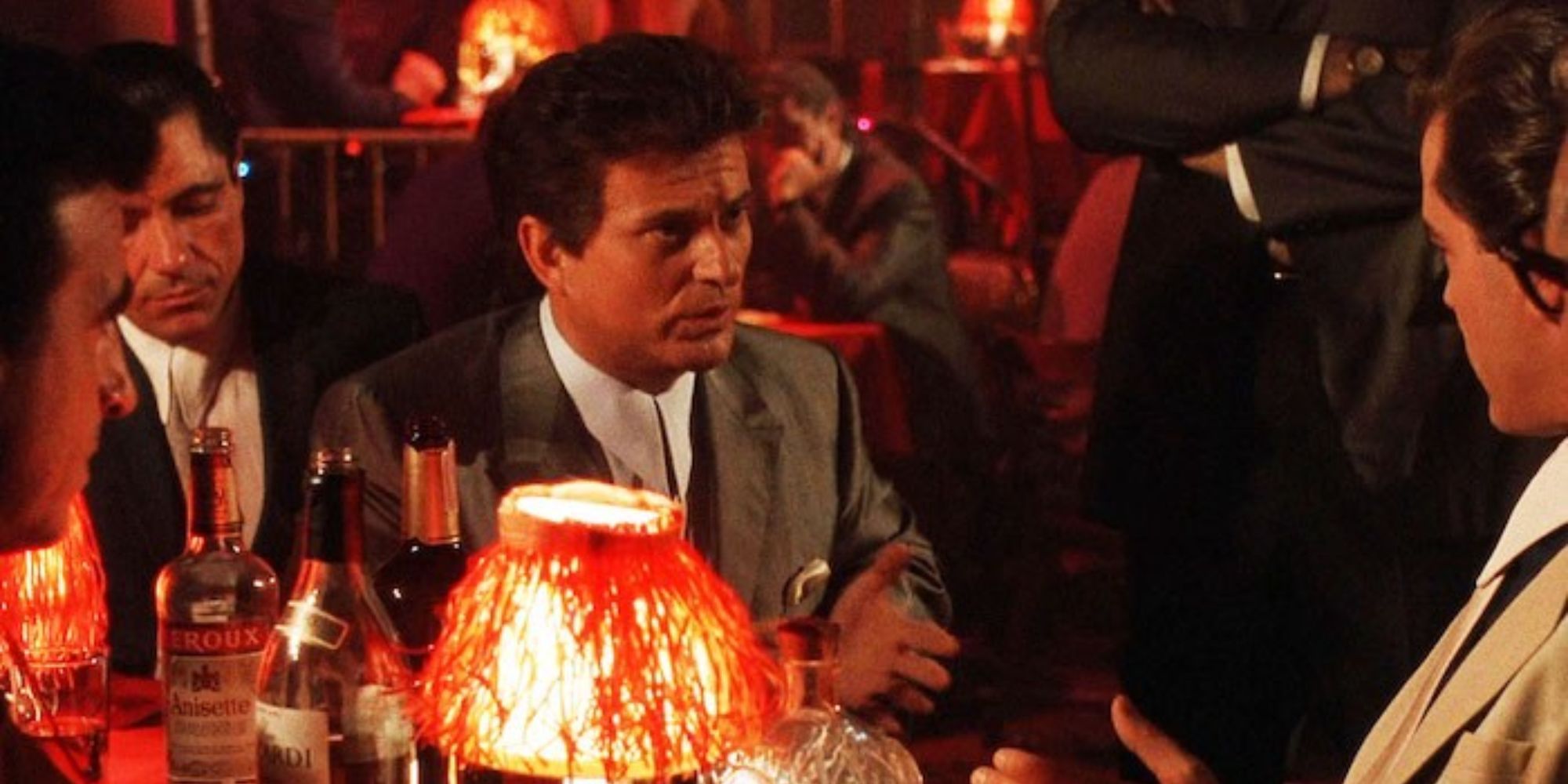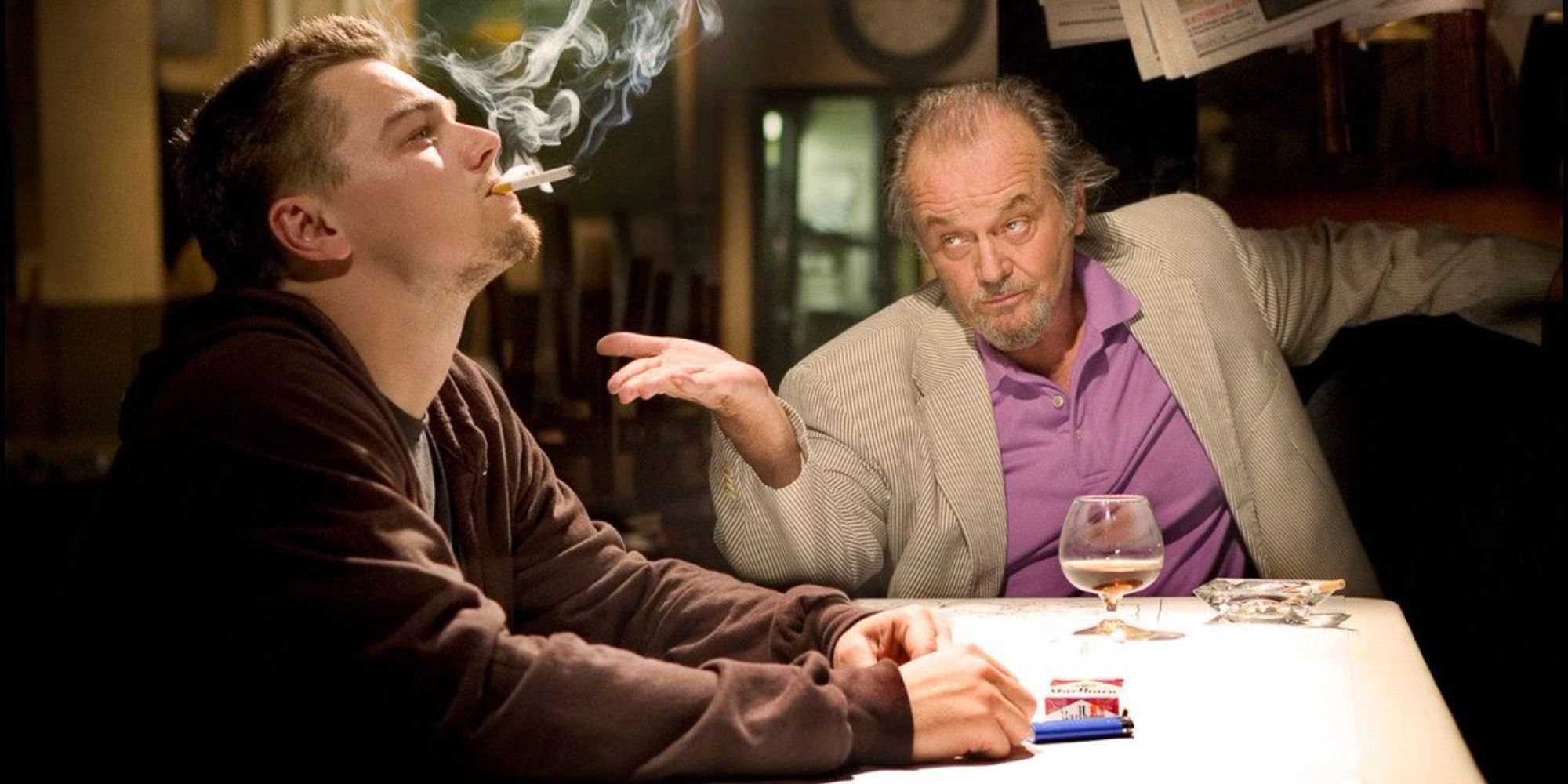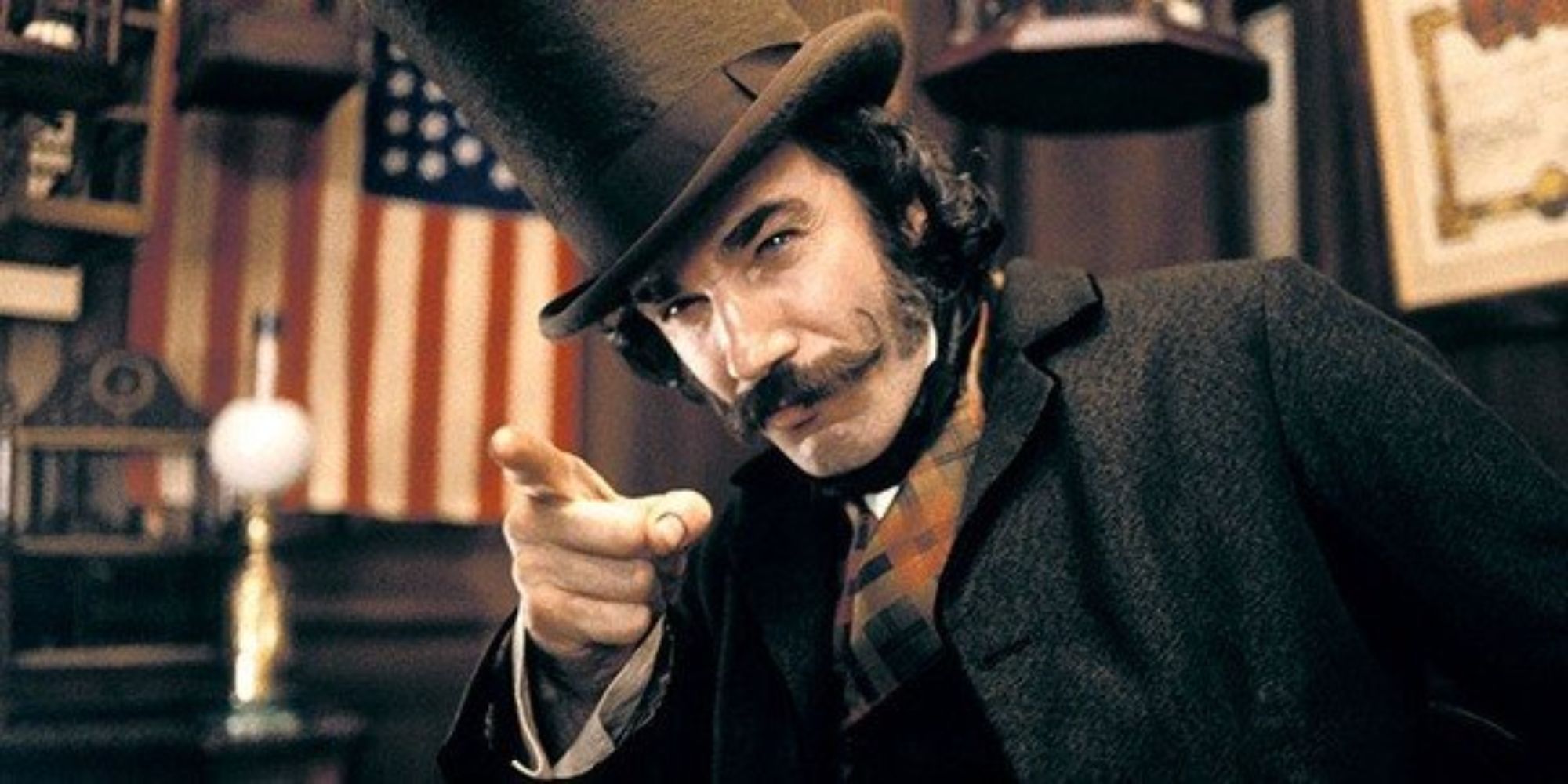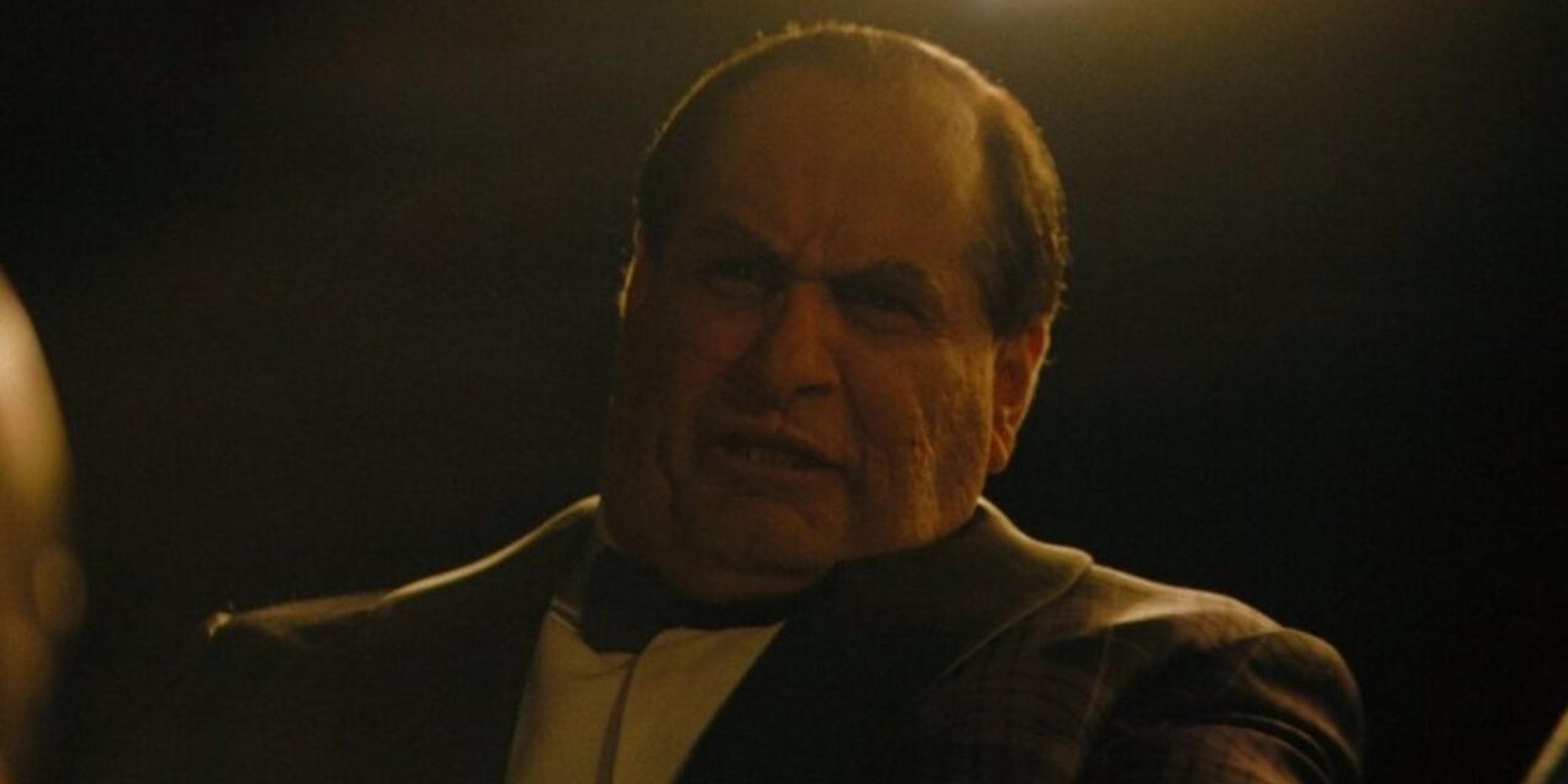The gangster or mob movie originated as thinly veiled propaganda in the 1930s, condemning the lives led by men such as John Dillinger or Al Capone, who, despite their murderous reputations, had become the stuff of legends in the depression. While not technically told to by the government, the fact is intervention in Hollywood was a reality of the times.As a new wave of directors took cinema into unseen and extreme territory, they had a generation of actors who were willing to commit and help bring their visions to life. When it is executed correctly, method acting is truly stunning to behold, as an actor immerses themselves into a character altogether.
Marlon Brando (The Godfather, 1972)
One of the early adopters of the method in Hollywood, Marlon Brando had already employed it to significant effect to play some iconic roles. His famous turn as an ex-fighter turned dockworker in On The Waterfront is one of the most well-known examples of this. When asked about his approach to method acting, Brando said, "If I have a scene to play, and I have to be angry, I can remember my father hitting me."
He brings this commitment to the role of Vito Corleone. One of the most famous examples of his unorthodox approach is that he put cotton balls in his cheeks for the audition, wanting Corleone to have the appearance of a bulldog - an idea Francis Ford Coppola embraced, and a custom dental piece was made for shooting.
Robert De Niro (The Godfather Part II, 1974)
Bringing Vito Corleone to life once was a challenge - everything had to go right for the character to be the correct combination of ruthless and yet somewhat sympathetic. Of course, having an acting powerhouse helped matters immensely. For the follow-up to The Godfather, a big part of the narrative focuses on Corleone's younger years. How could you possibly match that first portrayal?
Simply by hiring a young up-and-comer by the name of Robert De Niro. A hallmark of his early career mainly was his dedicated approach. For Corleone, this involved not only learning Italian, but Robert De Niro moved to Sicily for four months and learned three different dialects. It's little wonder that the academy acknowledged his commitment as the first Best Actor award to go to a non-English speaking role.
Al Pacino (Serpico, 1973)
Another adopter of the method in early 1970s Hollywood, Al Pacino had a commitment to his characters that transcended acting. His immersion into certain roles was so deep they've become the stuff of industry legend, like his later role in Scent of a Woman, where he spent the whole shoot "acting blind" in keeping with his character.
However, to play the role of corruption-busting cop Frank Serpico, Pacino took it very seriously. He spent time with the real Frank Serpico and walked the streets (in a neighborhood considered pretty dangerous at the time) in character. This all came to a head when he attempted to perform a citizen's arrest on a man who was driving a truck with a broken exhaust.
Johnny Depp (Black Mass, 2015)
From humble beginnings on 21 Jump Street, Johnny Depp's early career was defined by his chameleonic acting abilities. Seemingly able to occupy any role, Depp went seemingly effortlessly from otherworldly gothic longer with scissors for hands to one of the greatest counter-culture writers of all time in the 90s.
Unfortunately, after many collaborations with Tim Burton, people began to see him as a bit typecast. Perhaps this contributed to him taking on the role of ruthless Boston gangster Whitey Bulger for this film. Deep loses himself entirely in part, playing Bulger with such chilling accuracy that director Scott Cooper said those who knew the real deal were unnerved when they visited the set.
Joe Pesci & Ray Liotta (Goodfellas, 1990)
In what is still to this day arguably Scorsese's definitive mob film, the central trio of actors is a significant factor in the film's success. Although De Niro was quite good, the two actors - and their involvement in one infamous scene - show the commitment they had to both the work and their characters.
For the uninitiated, the scene in question occurs at the mob's hangout, wherein a moment of levity, Ray Liotta's character (Henry Hill), tells Joe Pesci's (Tommy DeVito) that he's a funny guy. The tone shifts almost immediately as Tommy fires up at Hill, asking him if he thinks he's a clown, and he's there to amuse him. The tension is broken when Tommy eventually laughs it off, but it shows the volatile nature of the character. This moment is even more impressive when you realize it was unscripted, and Pesci improvised the moment - which makes sense, given the genuine reactions on the faces of Liotta and the rest of the actors in the scene.
Jack Nicholson & Leonardo Di Caprio (The Departed, 2006)
Jack Nicholson had appeared on the right side of the law in Roman Polanski's Chinatown and as comic-book villain The Joker in Batman 1989, but he had yet to play the role of a big-time gangster until he was cast in Martin Scorsese's semi-remake of Hong Kong gangster film Infernal Affairs. Like most of the actors in this star-studded cast, Nicholson brought his A-game to Frank Costello.
In yet another moment of improvised brilliance, a highlight of the film is the first meeting between Costello and Leonardo DiCaprio's deep undercover man, Billy Costigan. After Billy is noticed by Costello's right hand, he's brought in to have an audience. They ask some standard questions, but the scene really heats up when Costello grabs Costigan's right arm - which is in a cast due to a prior injury - and brings the arm down with force onto a pool table, shattering the cast. This causes Costigan to scream in pain, and Costello interrogates him asking if he still has ties to the police. What makes this scene stand out is the in-the-moment nature of it combined with the commitment shown by both actors to their characters.
Daniel Day-Lewis (Gangs of New York, 2002)
Not really a "gangster movie" in the sense of those above, Scorsese's historical epic takes a look back in time at the early settlement of New York and the establishment of organized crime in the city. It also focuses on the conflict between the original American settlers and the Irish who escaped the famine to America in droves.
The film itself is a bit hit-or-miss, but Daniel Day-Lewis gives one of the best performances of his storied career as Bill the Butcher. His research and commitment were as always unmatched, but perhaps the most well-known example of his sheer immersion into the role was when he developed pneumonia. He refused any kind of modern treatment, even to the point of wearing an insulated coat, as these modern luxuries would not have been available to his character. Eventually, the studio was forced to intervene and insist he seek treatment, but some scenes where he played the character with pneumonia made it to the film's final cut.
Colin Farrell (The Batman, 2022)
A late inclusion on this list, The Batman, may not be a traditional gangster film, but its themes and characters definitely fit into that murky world. Gotham's power base is mainly criminal, and as the right hand to the most powerful boss in the city, Colin Farrell's Oswald Cobblepot commands respect.
What is astonishing about this performance is Farrell disappearing before your eyes. Without the knowledge going in that he was playing the character, most would not have been able to recognize him. Sure, part of it is the exceptional make-up and prosthetic work, but every trace of the handsome leading man from films like In Bruges is gone entirely, replaced by an ugly, repulsive gangster.

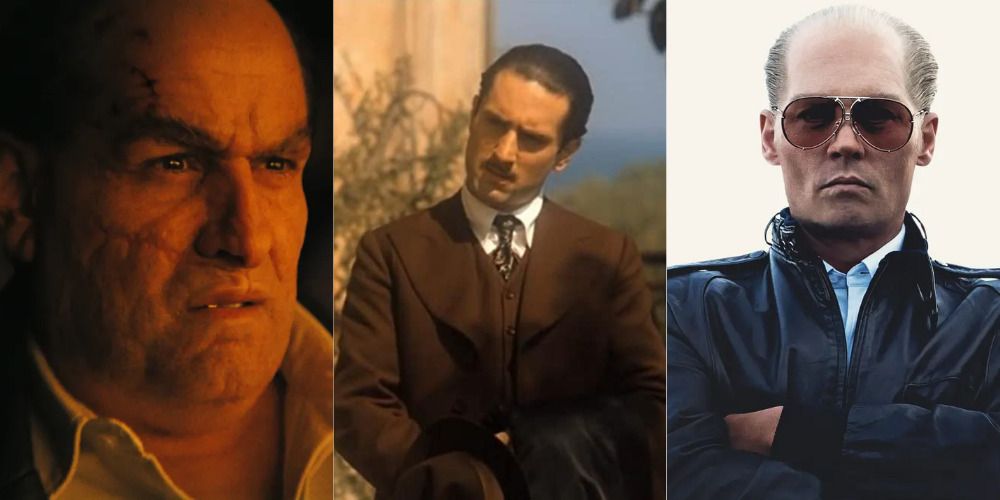
.jpg)
